Tried and Tested: The best e-readers for summer
The summer reading season is upon us, so we’ve tried out the best devices to let you take your entire library to the beach - here’s our verdict.
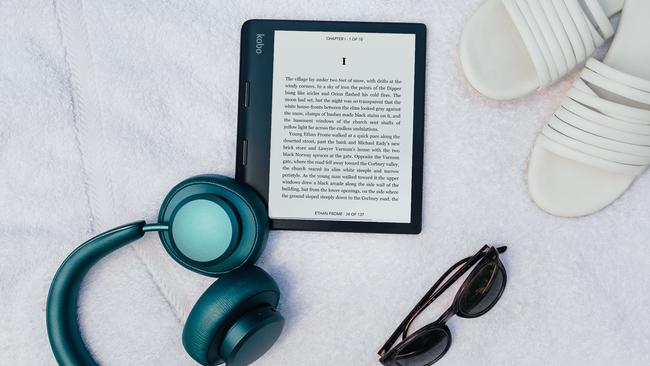
SA Weekend
Don't miss out on the headlines from SA Weekend. Followed categories will be added to My News.
Kobo Sage
This is what the next evolution of e-book readers can do
$440, au.kobobooks.com
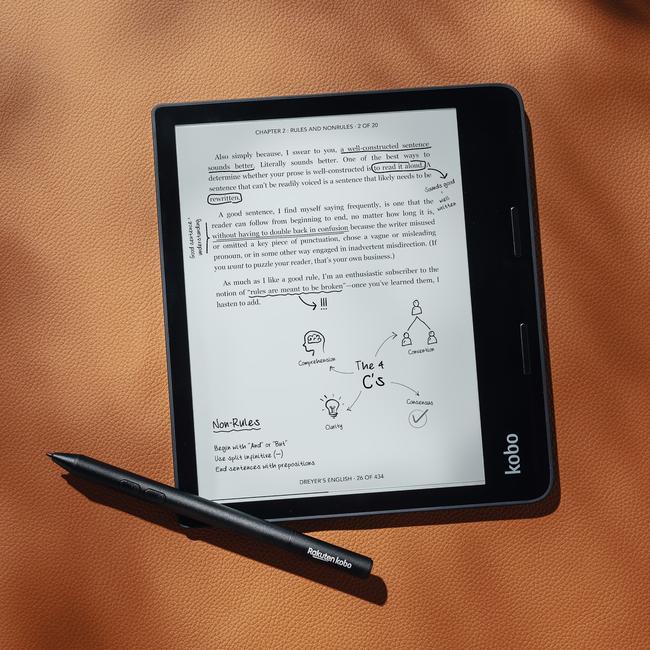
PROS
Sharp, illuminated screen
Readers can make notes
Waterproof body
CONS
Larger form
Stylus sold separately
Pricey for a reader
The Sage features an 8-inch E Ink screen with high resolution, auto lighting, customisable controls and waterproofing (it will survive an hour in liquid). It uses a quad-core chip to deliver Bluetooth for playing audiobooks on connected headphones, and compatibility with a stylus so readers can make notes, highlight passages, and create notebooks in which scribbles are turned into typed text.
Kobo Libra 2
Smarter than your average e-book reader
$280, au.kobobooks.com
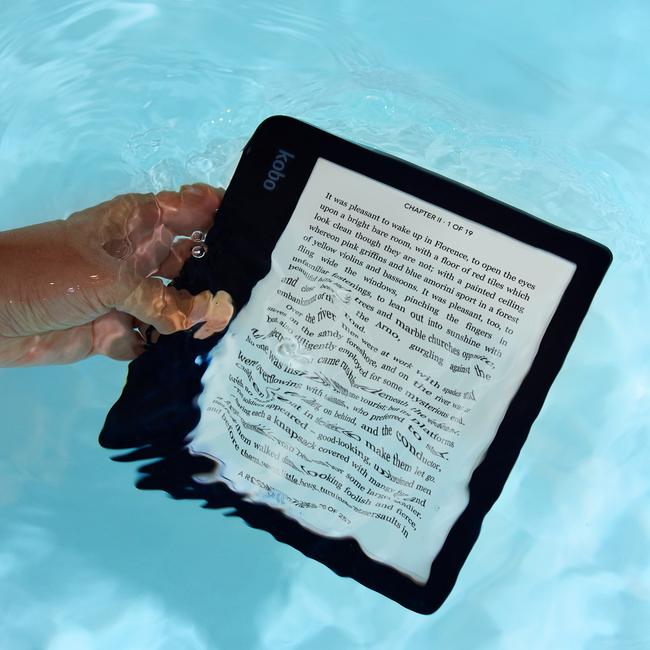
PROS
Adjustable blue light
Bluetooth for audiobook use
Vertical or horizontal view
CONS
Larger than its rivals
Recessed screen
Heavier than predecessor
This sub-$300 e-book device adds plenty of features that its rivals are missing. They include a rotating screen for reading in portrait or landscape mode, two page-turn buttons usually found in pricier models, and a Bluetooth connection for playing audiobooks when you tire of reading. Plus, it is compatible with digital loans from the library, shows articles you’ve saved to your Pocket app and it’s waterproof.
Samsung 2 Fold3 5G
One of the only smartphones to make e-reading comfortable
$2499, samsung.com/au
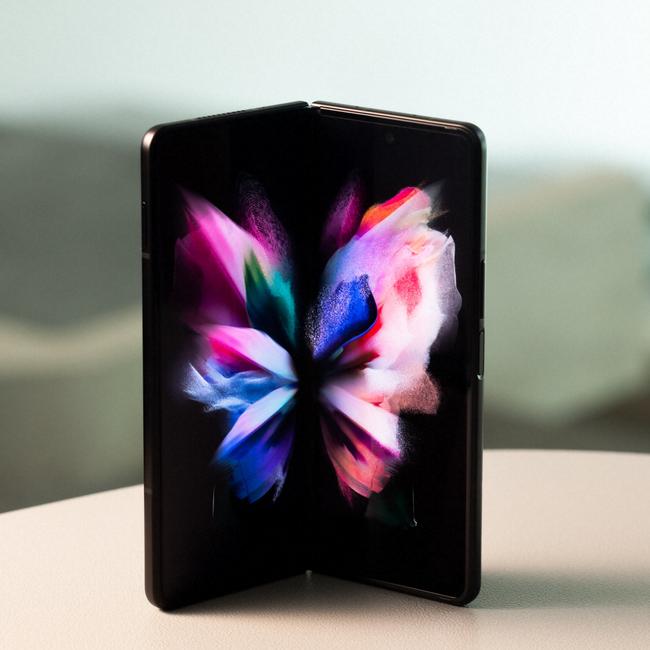
PROS
One device to do it all
Bigger screen than some
Folds into a pocket
CONS
Higher price
Slight screen crease
Shorter battery life
No other e-book reader will fold in half and slip into your pocket like this one. This flexible device from Samsung pulls double duty as a phone and canvas for digital books, magazines and newspapers thanks to its 7.6-inch main screen that is sharp enough to show fine print and smart enough to reduce blue light to prevent eye strain. Its screen can be used to show off books from the likes of Amazon, Kobo, Google, Libby and Scribd, as well as magazines from Readly and Zinio. Its purchase price is on the high side but those who use it as a phone, tablet and a book will see great value.
Amazon Kindle Paperwhite Signature Edition
Purpose-built for reading, now with clever upgrades
$289, amazon.com.au
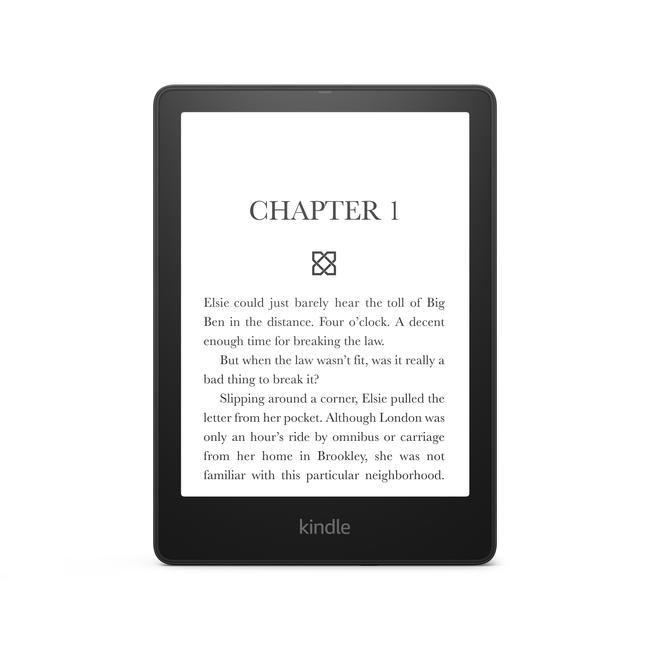
PROS
Surprisingly lightweight
Charges wirelessly
Auto lighting
CONS
Small screen
No page-turn buttons
No automatic orientation
Low-key but important upgrades to this reading device include a sensor to automatically adjust the screen’s lighting, bigger storage capacity of 32GB, a USB-C connection and, in a first for e-book readers, wireless charging so you can simply place it on a Qi pad. It’s easy to hold, at 208g, water-resistant, uses recycled plastics, and its 6.8-inch screen and slim borders make it almost pocket-sized.
Apple iPad Mini 2021
A tablet that’s just the right size for e-books and magazines
From $749, apple.com/au
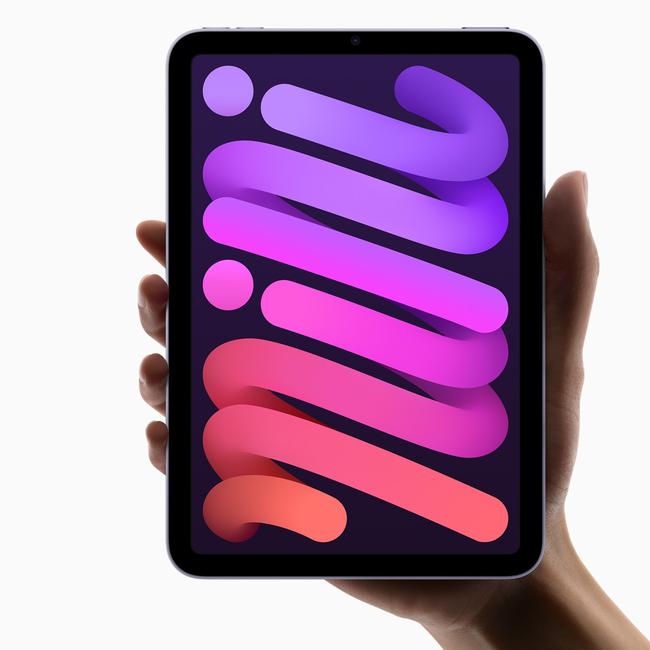
PROS
Crisp, colour screen
Speedy operation
Great size and weight
CONS
Higher price
Shorter battery
More distractions
Apple’s newest, smallest iPad is the right size and weight for casual reading. The 293g device features an 8.3-inch screen with high resolution, anti-reflective coating, and you can turn up the warm light for comfortable viewing. It offers fast access to e-reading apps, including Apple Books. Notifications could be distracting. Its battery promises 10 hours of use.
More Coverage
Originally published as Tried and Tested: The best e-readers for summer





